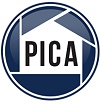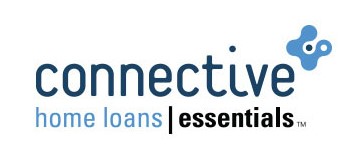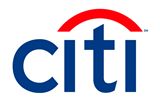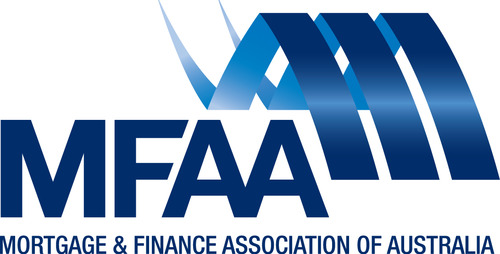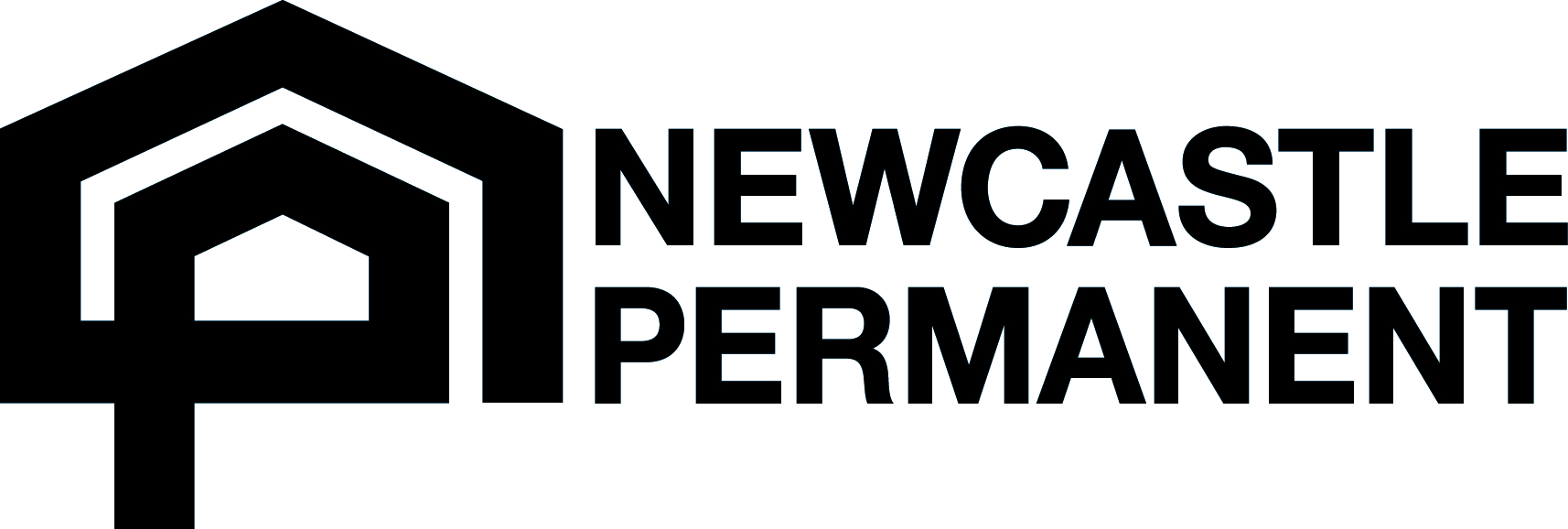
Home Loan products
Simplifying your Home Loan Options
When it's time to choose your home loan products, it's essential to consider several factors to ensure you're making the best decision for your needs. Here, we'll discuss some key comparisons to help you navigate your choices.
Basic Home Loan vs. Package Home Loan
When choosing between a basic and package home loan, it's essential to understand the differences. A basic home loan offers simplicity with no frills, typically involving only a loan facility without additional features. While it may have lower fees, such as no annual fee, there might be establishment and monthly fees.
On the other hand, a package home loan provides added benefits like an offset account and potentially other bonuses, albeit with an annual package fee. These accounts allow you to offset your savings against your loan balance, reducing the interest payable. Depending on your financial goals and preferences, a package home loan might offer more value despite the associated fees.
Redraw vs. Offset Account
Both redraw and offset accounts offer ways to manage your mortgage, but they function differently. A redraw facility allows you to access extra payments you've made towards your loan, providing flexibility but potentially limiting transactional capabilities. In contrast, an offset account acts as a transactional savings account linked to your mortgage, reducing interest costs while allowing convenient access to your funds.
Consider your financial habits and whether you prefer the convenience of an offset account or the flexibility of a redraw facility. Additionally, if you anticipate your property becoming an investment in the future, an offset account may offer tax benefits by keeping your savings separate from the loan balance.
Fixed Rates vs. Variable Rates
Choosing between fixed and variable interest rates involves weighing stability against flexibility. Variable rates fluctuate with market conditions, offering flexibility for additional repayments and potential savings if rates decrease. In contrast, fixed rates provide stability by locking in a set rate for a predetermined period, shielding you from rate increases but potentially limiting savings if rates fall.
To balance these factors, some borrowers opt for a split loan, dividing their mortgage between fixed and variable portions. This strategy allows you to benefit from both stability and flexibility, mitigating risks while capitalizing on potential savings.
Loan Origination Fees vs. Annual Fees
Comparing loan origination fees (also known as establishment fees) with annual fees can help borrowers assess the upfront and ongoing costs associated with different home loan products. While some loans may have lower origination fees but higher annual fees, others may have higher origination fees but lower or no annual fees. Evaluating these costs can provide insights into the overall affordability of the loan over its lifetime.
Interest-only vs. Principal and Interest Repayments
When comparing home loan products, borrowers may need to decide between interest-only and principal and interest repayment options. Interest-only repayments involve paying only the interest on the loan for a specified period, while principal and interest repayments include both interest and a portion of the loan principal. Understanding the differences in repayment structures and their implications for cash flow, equity buildup, and overall loan costs is essential in making an informed decision.
Lender’s Mortgage Insurance Options
When obtaining a home loan with a deposit of less than 20% of the property's value, borrowers typically need to pay for mortgage insurance to protect the lender against the risk of default. Comparing mortgage insurance options from different providers can help borrowers secure the most cost-effective coverage for their loan. Factors to consider include premiums, coverage limits, eligibility requirements, and the ability to capitalize insurance costs into the loan amount.
Understanding the various home loan products requires carefully considering your financial goals, preferences, and situation. By grasping the details of each option—such as how often you'll make repayments, choosing between basic or package loans, or deciding on the right account to handle your mortgage— you can make a well-informed decision that aligns with your objectives.
For personalized guidance tailored to your specific needs, don't hesitate to reach out to our team. We're dedicated to helping you navigate the complexities of home financing and find the solution that best suits your individual circumstances.




